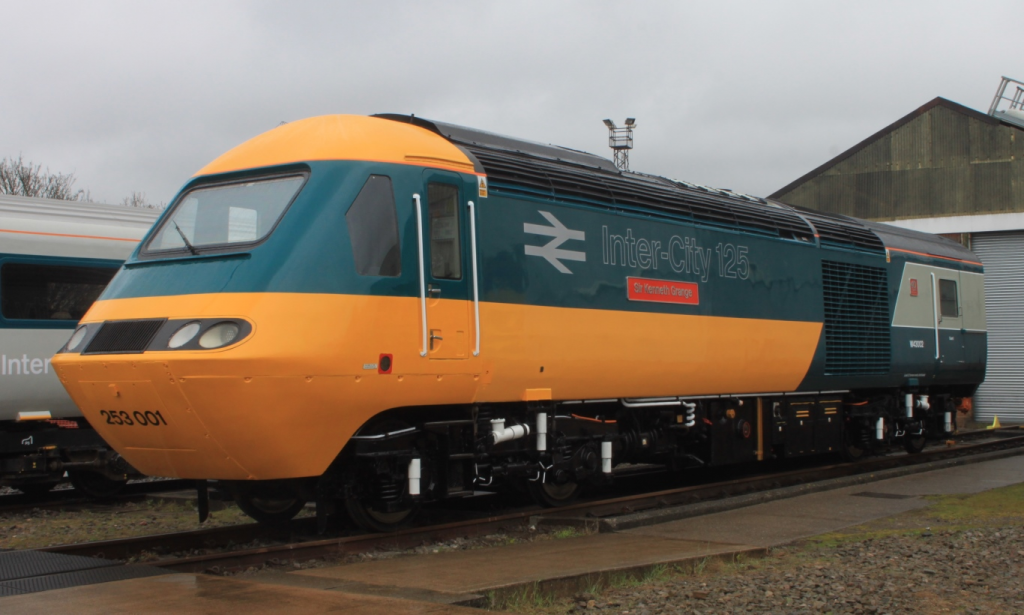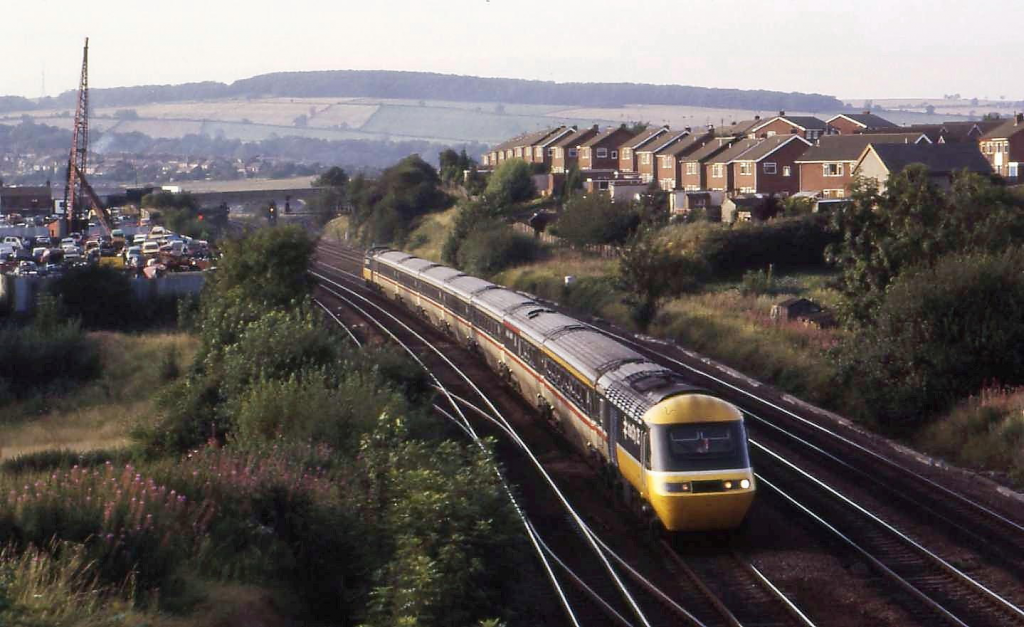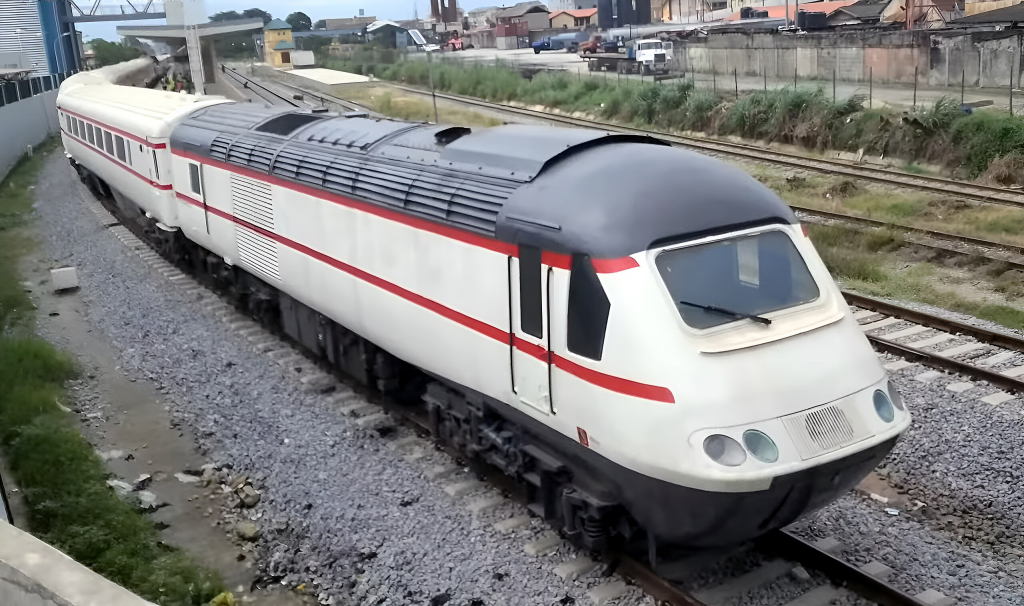The Class 43

Few classes of train have captured the British imagination quite like the Class 43. Designed and built at a time when British railways were considered in the doldrums, the Class 43 High Speed Trains (HSTs) were intended to offer a faster, more reliable service than the existing locomotive-hauled trains, particularly on express routes. As the network largely lacked electrification (and electrifying the network was an expensive task), a new generation of diesel locomotives was designed.
The Test Bed
In 1972 British Rail built two prototypes for the concept of the HST. These trains, known as Class 41s, would run up and down the country, with the performance of their engines and aerodynamics being closely observed. The running of these prototypes enabled British Rail to refine the design, with some significant alterations to the front in particular. There were some concerns about how the large cab windows left the drivers somewhat exposed, and the final design would also look at the buffers.

A talented team of designers – including noted industrial designer Sir Kenneth Grange – set about finalising the Class 43, and developed it into an icon, but more importantly, into a functional train that would prove reliable and quick, two qualities essential in an express service. Entering passenger service in the mid 1970s, a total of 197 Class 43s would be built, serving several key lines. These services were often referred to as Intercity 125 services, reflecting the top speed of 125 mph of the trains.
Such was the popularity of these services that people flocked back to use the railways. The carriages generally offered reasonable comfort, and for long hauls first-class would be a luxurious option. The Intercity 125 services would operate on both the East Coast Mainline and the West Coast Mainline, as well as the Midland Mainline and the Great Western Mainline, thus becoming the backbone of the network.

The Class 43 has enjoyed a long life, in part due to necessity. Whilst several regions of the network have subsequently been electrified, several other regions continue to rely on diesel trains, and thanks to a series of upgrades and refurbishments, Class 43s still serve some of those routes, despite some units being 50 years old. They are a testament to good engineering and how good maintenance can extend the lifespan of a good design. They are also an example of an important and invaluable time-saving element.
Duel Power Cars
Loco-hauled trains suffer from the problem of having to reverse and decouple from carriages, and then running around to the other end of the consist, where they need to be recoupled. At terminal stations, there would be a requirement for a second locomotive to be hooked up to the other end of the consist, as the original locomotive would have nowhere to turn around. The Intercity 125 resolved this problem by having two power cars at either end, eliminating the need to decouple and recouple locomotives. This spared a lot of time. Two power cars meant more power, and if some power car should fail, there would be another to pick up the slack.
The Future
Network Rail (a successor to British Rail) have steadily been replacing the Class 43s, as whilst they are indeed a tribute to good engineering, there is no escaping that you can only adapt and update an existing design for so long. The 8xx series of trains has been steadily introduced to routes around the nation, but even before that a number of new classes displaced the 43s. The Class 91 (itself gradually being replaced now) took over some services when the ECML was electrified. The Class 222s displaced 43s from the MML, and Class 390s took over services on the WCML. This doesn’t mean that the 43s are gone, with some still serving ScotRail routes, others taking on duties hauling freight, some are used by Network Rail for departmental duties, and still others have been exported abroad.

It seems that whilst the Class 43 is slowly being removed from passenger operations in the UK, it will remain a staple of the UK rail network for a while to come in some form, and its operations overseas will see it keep going for a while yet. It is definitely a fantastic tribute to British engineering!
